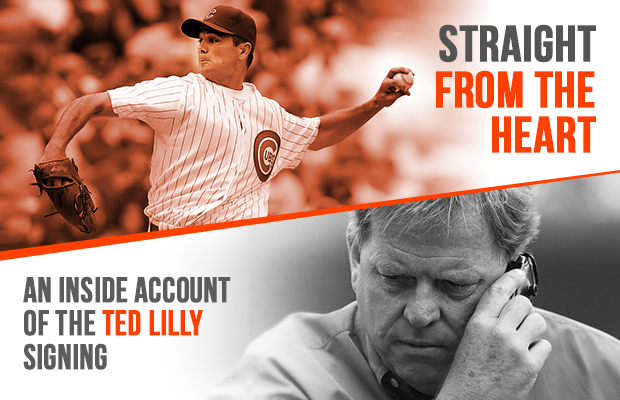Jose Peraza was almost a full win worse than replacement in 2019 (-0.9 bWAR, -0.6 fWAR), but the Red Sox signed him to a one-year, $3MM deal anyhow. The reason being the Red Sox see a speedy player who can play five positions who proved his competence against left-handed pitching even in a down year, per Alex Speier of the Boston Globe. His .269 xBA in 2019 also points to some bad luck (he finished with an actual batting average of just .239). Overlaying his spray chart over the Fenway Park map also suggests Peraza might benefit from the dimensions in Boston. All in all, the Red Sox don’t have the financial freedom this offseason to add a sure-thing superstar, and in Peraza they see a player coming off a down year capable of reaching another gear with a fresh start in Boston. Now, with a couple days left to lock in our new year’s resolutions, let’s check in elsewhere in the American League…
- Seattle Mariners GM Jerry Dipoto did not let a blood clot scare keep him from swinging trades at last year’s winter meetings, but a year after the fact, those close to him do see changes in the man known as “Trader Jerry,” as told in this story from The Athletic’s Corey Brock. Since his stint in a Las Vegas hospital, Dipoto is taking better care of himself, sleeping more and better regulating a once-vigorous workout routine. He’s also been more collaborative with his assistant GMs, trusting them with more of the day-to-day trade discussions with other clubs. As when Jim Hendry signed Ted Lilly from his hospital bed, Dipoto’s bedside dealing has entered Mariners’ lore – but the reality is that Dipoto’s life was in danger, and without his co-workers there to help him to the hospital, there could have been a much more harrowing tale coming out of last year’s winter meetings.
- Brandon Marklund has significantly improved his stock since signing up to play baseball in New Zealand for the Aukland Tautara, per The Athletic’s Alec Lewis. Marklund caught the eye of a number of different organizations while pumping a 96mph heater for the Tautara, but it was the Royals’ Neil Burke who made the biggest push. Burke sums up his surprise in finding Marklund by saying, “What the heck is this Canadian kid who went to school somewhere in the States, who made his way out to New Zealand, who I’m watching pitch in Sydney, doing all the way out here in Australia?” The 23-year-old right-hander put up a sparkling 0.46 ERA in his first pro season stateside for the Royals’ Single-A affiliate.

